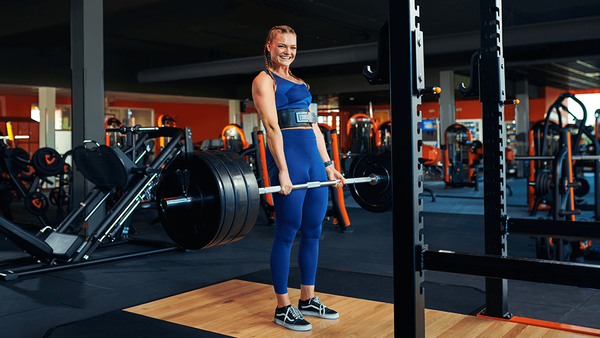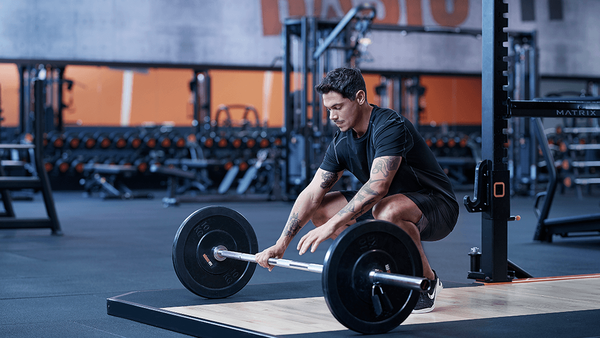HIIT training
HIIT stands for High-intensity Interval Training. The HIIT training method consists of performing intense exercises, with barely any rest between them and in a short time (20-30 minutes). It’s ideal for increasing strength and endurance without having to invest a lot of time. Furthermore, HIIT training has very positive effects on our metabolism and stimulates the burning of fat.
Try to rest as little as possible
During a HIIT training session, the goal is to always stay active. It’s best to alternate very intense exercises with more relaxed ones. This way, after several sessions, we’ll manage to chain one exercise after another without stopping the activity completely at any time. In the first training sessions, you’ll probably need to rest between exercises. In this case, make sure that the breaks are as short as possible.
Examples of HIIT workout routines:
- 15 push-ups, 20 jump squats, 30 ankle touches (15 on each side), and 10 Burpees.
- 30 lunges (15 with each leg), 15 leg raises, 15 kettlebell swings, and 20 jumping jacks.
- 50 Mountain climbers on the floor, 20 jump squats, 20 push-ups and 10 Burpees.
- 15 standing dumbbell shoulder presses (you can also use filled bottles or books), 15 squats with crossed arms, 30 seconds of plank and 20 jumping jacks.
Perform any of these combinations for 20-30 minutes.
The Tabata method
The real difference between HIIT training and the Tabata method is that Tabata is a specific form of HIIT! The name derives from the Japanese scientist Izumi Tabata, who did a research on HIIT and came up with this variant: a workout that’s 4, 8, 12 or 20 minutes long. At first glance, it may seem that a 4 minute workout is nothing, but the reality is that the Tabata method is quite demanding physically, which means it’s less recommended for beginners. However, if you’ve been doing HIIT training for a long time, the Tabata method can help you increase anaerobic capacity as well as muscle mass.
With the Tabata method you must perform each exercise at the highest rate you possibly can for 20 seconds. Then you can rest for 10 seconds. It’s best to combine at least 4 different exercises to avoid exerting the same muscles each time. Repeat this routine for 4 minutes.
Below, we suggest different exercises for the Tabata method. Remember that everyone should perform at the highest possible pace, that the exercise should last twenty seconds, while you can rest for ten seconds and that the routine should be repeated until you’ve completed 4 minutes.
- Burpees - rest - jump squats - rest - Mountain climbers (bench or floor) - rest - push-ups - rest and back to start.
- Squats (with or without weight) - rest - lunges - rest - skipping (with or without rope) - rest - static race, raising your knees as much as possible - rest and return to start.
- Deadlift with barbell, kettlebell, dumbbell or any other object you have at home and can lift with both hands (watch your back; deadlift is always done by pulling from the buttocks and legs!) - rest - squats - rest - jumps - rest - push-ups - rest and back to start.
When you’re able to do the 4 minutes non-stop, you can try combining two of these routines to achieve 8 minutes, then 12, and so on until you manage to do the 20 minutes.
And finally, something very important that you should not forget to do: warm up before you do any type of training!
This blog is written by one of our Personal Trainers, Angelina Hammond.





